Amber Quality Factors
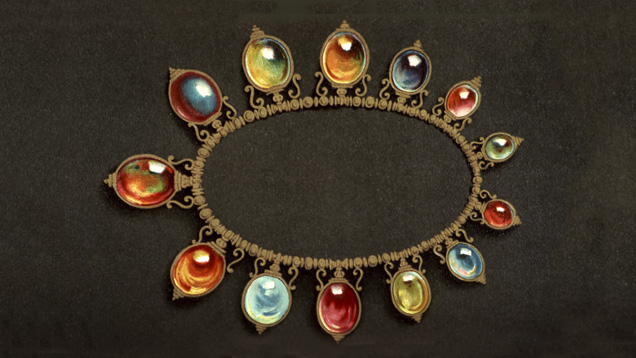
Color
Although consumers are most familiar with yellow and golden amber, the gem can be white, yellow, and orange to reddish brown. Reddish amber is more valuable than golden amber, which is more valuable than yellow amber. Rarely, strong fluorescence can give amber a bluish or greenish appearance, which when attractive can be highly valuable. Oxidation might cause the material to change color over time.
Cutting and polishing amber for jewelry makes it more susceptible to oxidation by removing or thinning the harder exterior surface. Fine translucent yellow or orange amber can gradually darken to reddish brown and eventually black.
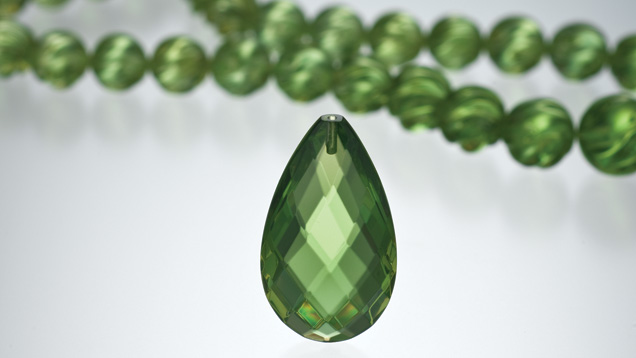
Green amber’s color can be produced by treatment with heat and pressure. - Courtesy Treasure Green Amber, Ltd.
The color of amber can be modified by heat treatment and dyeing.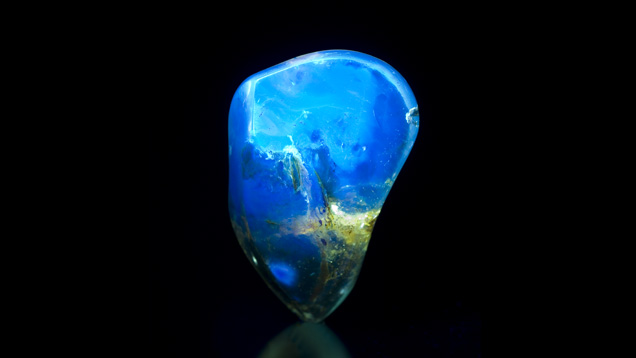
Some rare amber specimens turn blue in fluorescent light. This striking example is from the Dominican Republic. - Courtesy Ambar Azul
ClarityTransparent amber is more valuable than cloudy material. An interesting plant or animal inclusion adds to the value of an amber specimen.
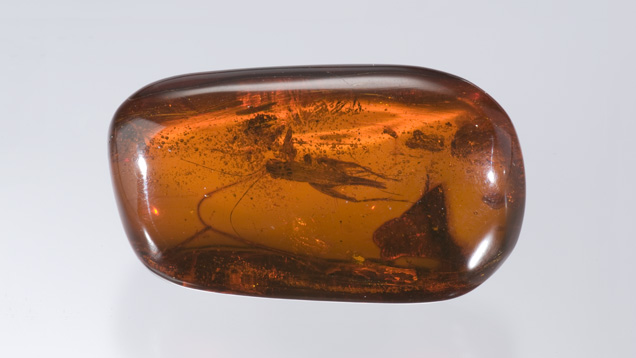
This large, elongated amber bead contains a fairly intact insect inclusion. The gem weighs 93.87 carats.
Treatment by careful heating in rapeseed (canola) oil can clarify cloudy amber somewhat. The resulting amber sometimes exhibits crack-like circular marks called sun spangles.Cut
Amber is commonly polished into a free-form shape that follows the original shape of the rough. It might then be set into jewelry or drilled for stringing. Cutting styles for amber include beads, cabochons, and free-form polished pieces. Amber might be faceted, but this is rare.
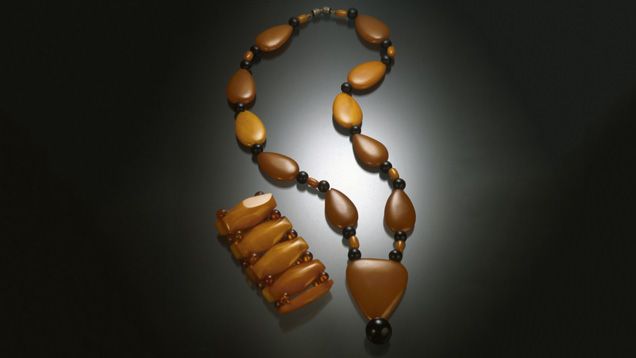
Amber can be fashioned into a variety of shapes. Many people think of amber as transparent, but it can also be opaque. - Courtesy Ginger Moro
Carat WeightAmber has a lower relative density than salt water so it can feel very light, even in large sizes. This makes it possible to use fairly large sizes in amber jewelry.
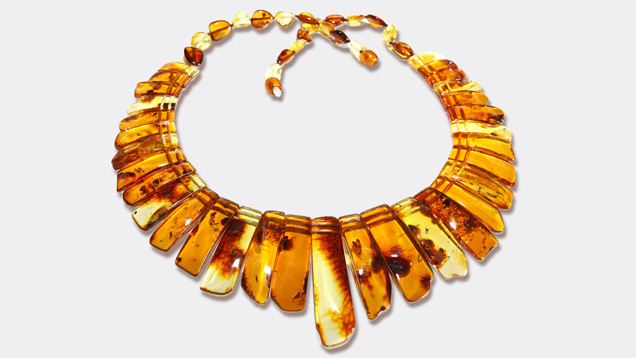
Amber beads come in a wide variety of shapes and can be quite large due to their light weight. - Irena Misevic/Shutterstock



